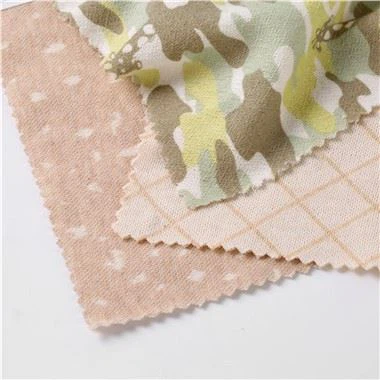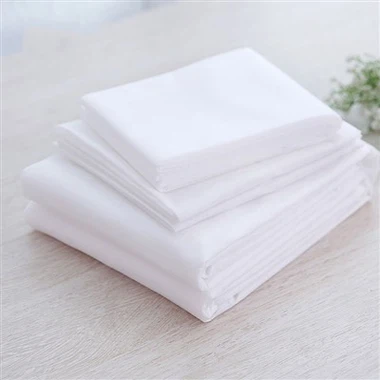What types of functional fibers are there?
Oct 29, 2024
Functional fibers refer to fibers that possess not only their inherent properties but also additional specialized functions. Common types include far-infrared fibers, UV-resistant fibers, electromagnetic shielding fibers, anion fibers, antibacterial fibers, flame-retardant fibers, and medical stone fibers.
Far-infrared fibers
By incorporating far-infrared emissive materials, these fibers can penetrate the body to trigger cellular resonance, producing a heat effect.
UV-resistant fibers
As the atmosphere continues to thin, ultraviolet rays in sunlight are increasing, posing greater risks to human skin. Adding UV-resistant particles to fibers produces fabrics with UV-blocking capabilities, which helps protect the skin.
Electromagnetic shielding fibers
With the increasing use of mobile phones and electronic devices, concerns about the effects of electromagnetic waves on the human body are rising. By coating fibers with 30% silver material, they gain excellent conductivity, allowing fabrics woven from them to reflect 96.7% to 99.97% of electromagnetic waves, effectively providing electromagnetic shielding. The silver coating also helps reflect heat, making clothing made from these fibers warm in winter and cool in summer, with added benefits of strong antibacterial properties and the ability to inhibit the growth of tinea and mold.
Anion fibers
Negative ions in areas like forests, hot springs, and waterfalls help soothe the mind, reduce fatigue, and strengthen immunity. When trace amounts of radioactive rare-earth minerals are ground into ultra-fine particles and added to the fiber spinning solution, the fiber gains the ability to release negative ions. Adding far-infrared minerals to the blend allows fabrics made from these fibers to activate more than 60% of the body's internal moisture.
Antibacterial fibers
During the fiber polymerization process, antibacterial agents are introduced and evenly integrated into the fibers, achieving a sterilization rate of over 99% against Staphylococcus aureus and E. coli. This effectively inhibits bacterial growth, providing antibacterial and odor-resistant properties.
Flame-retardant fibers
Flame retardants that are thoroughly dispersed and evenly incorporated during fiber polymerization, or copolymer flame-retardant agents used to prepare flame-resistant slices, allow the spun and woven fibers to reach an L01 value above 30%, fully ensuring their flame-retardant effectiveness.
Medical stone fibers
Various trace elements from medical stone are treated through advanced technology to ensure that each element is securely and durably adsorbed onto the fiber's macromolecules. This process helps replenish essential elements in the body, supports the metabolism and physiological functions of capillaries, and enhances microcirculation, providing multiple beneficial pharmacological effects.







